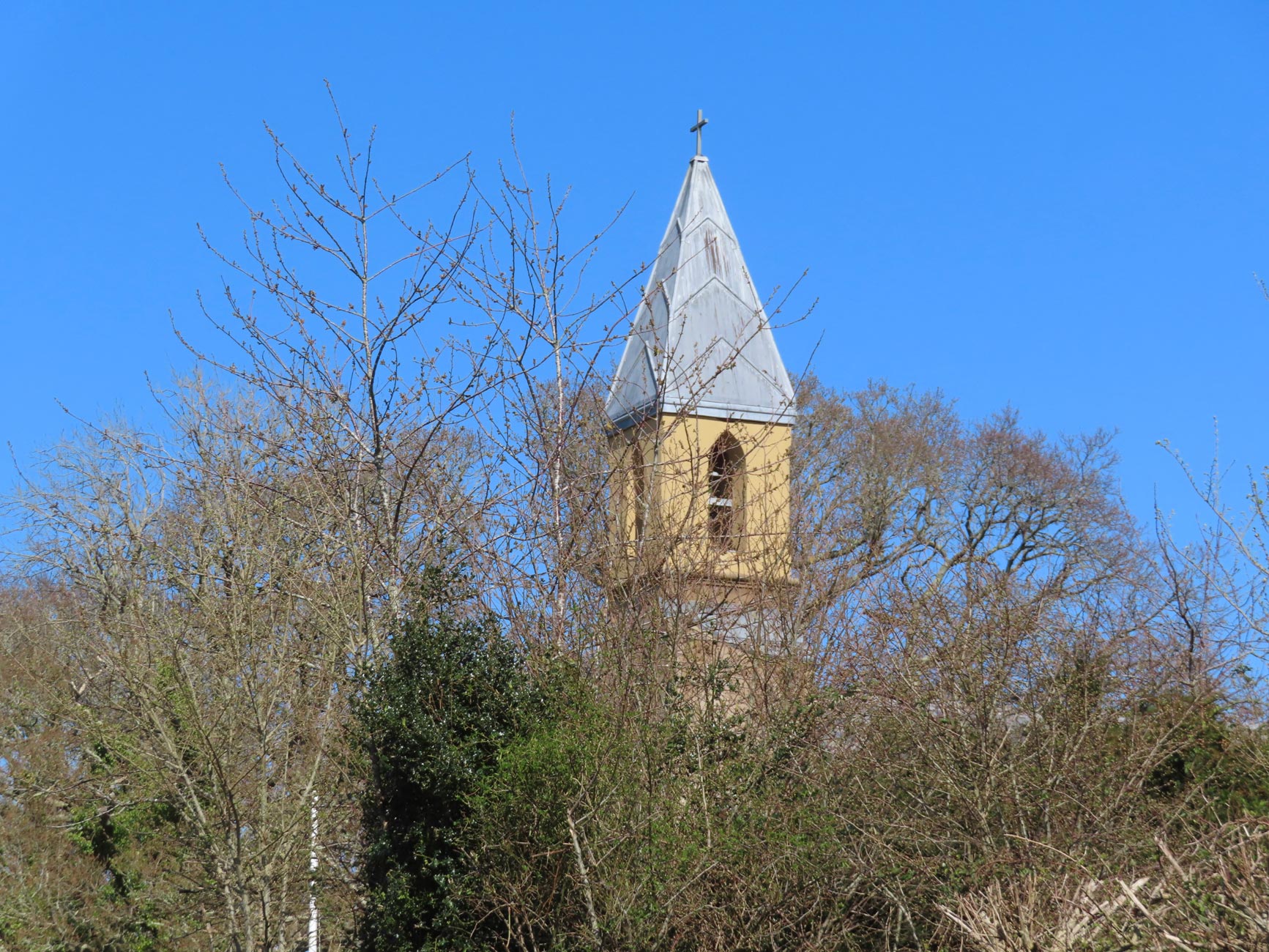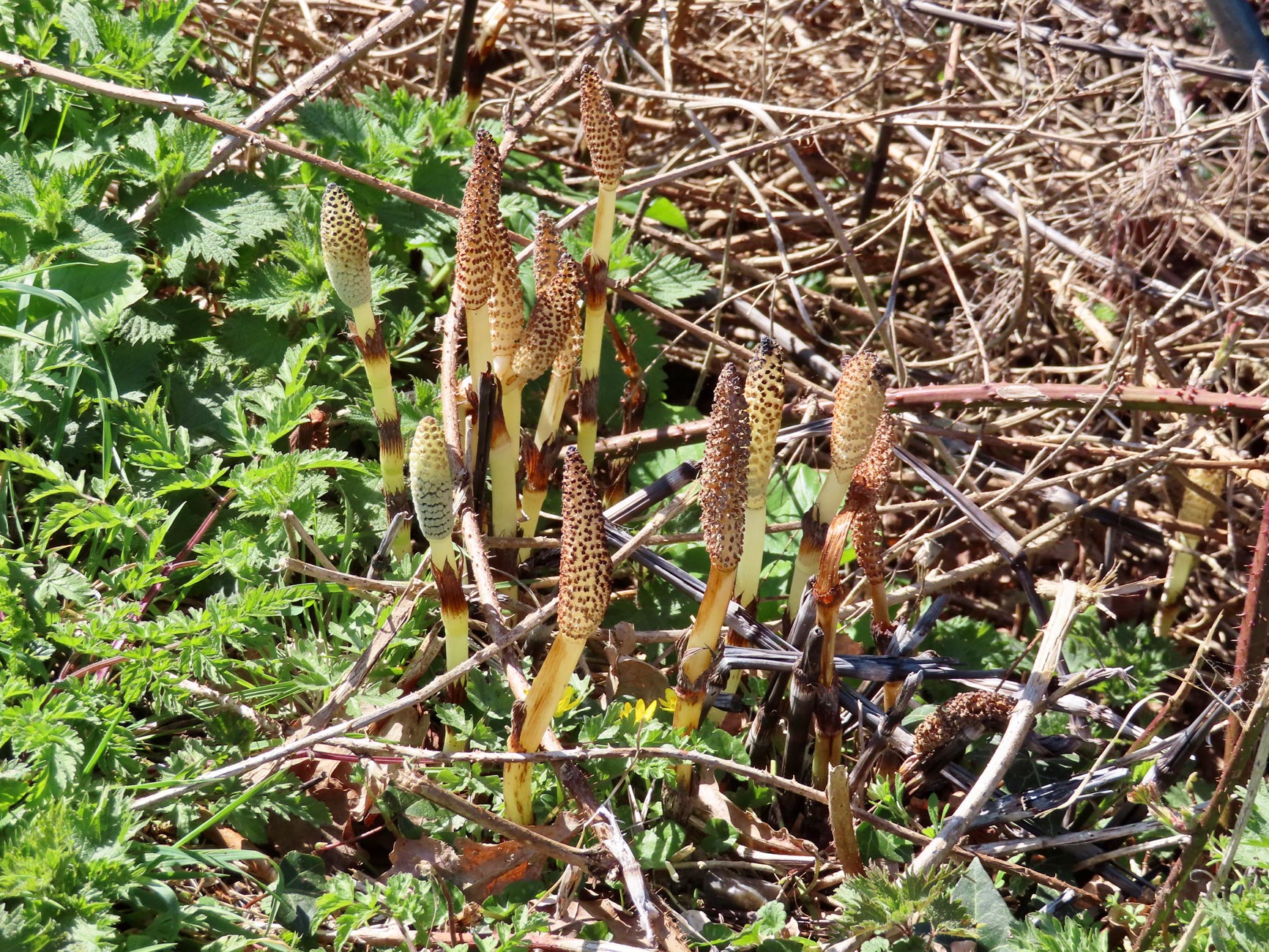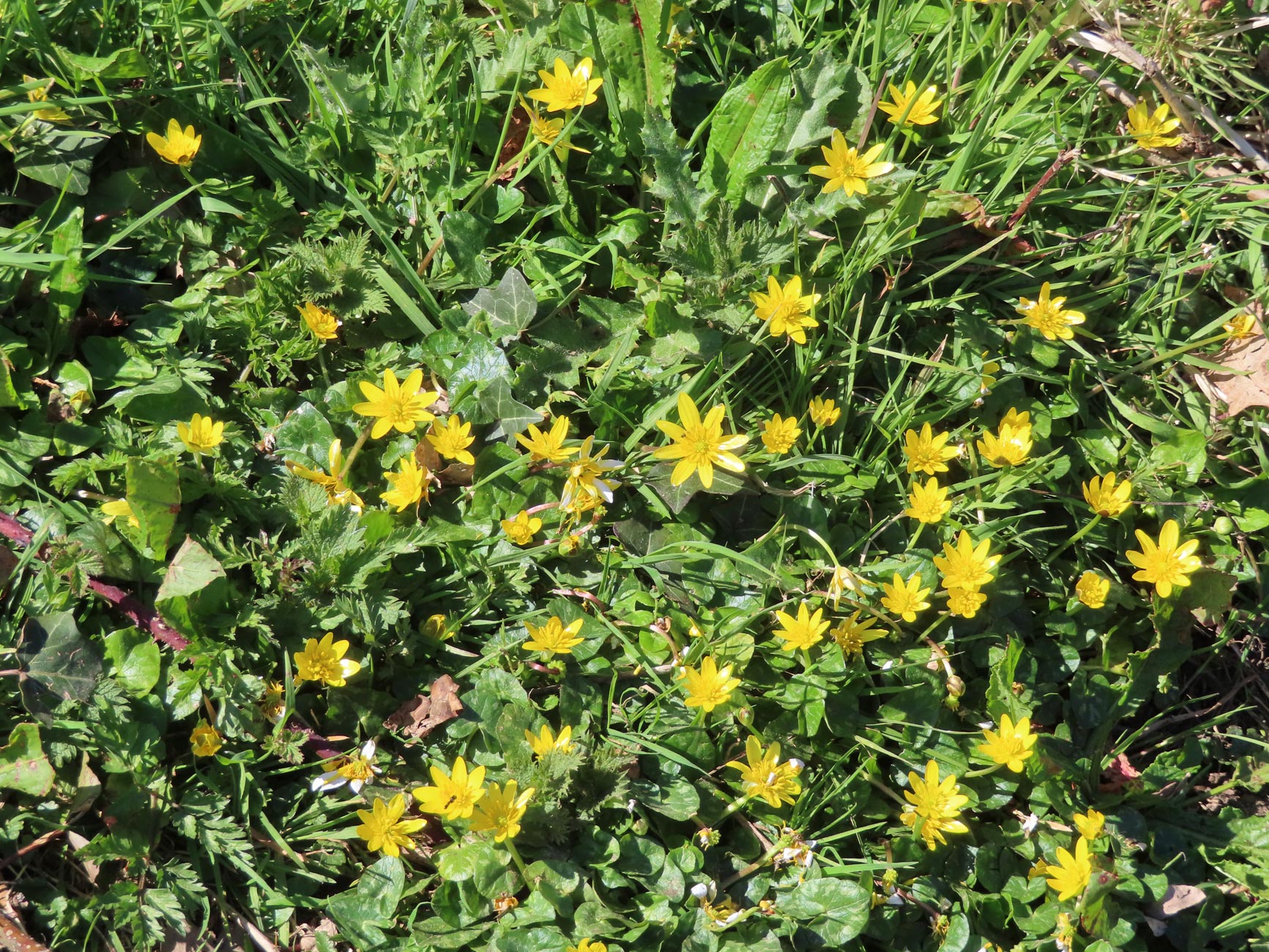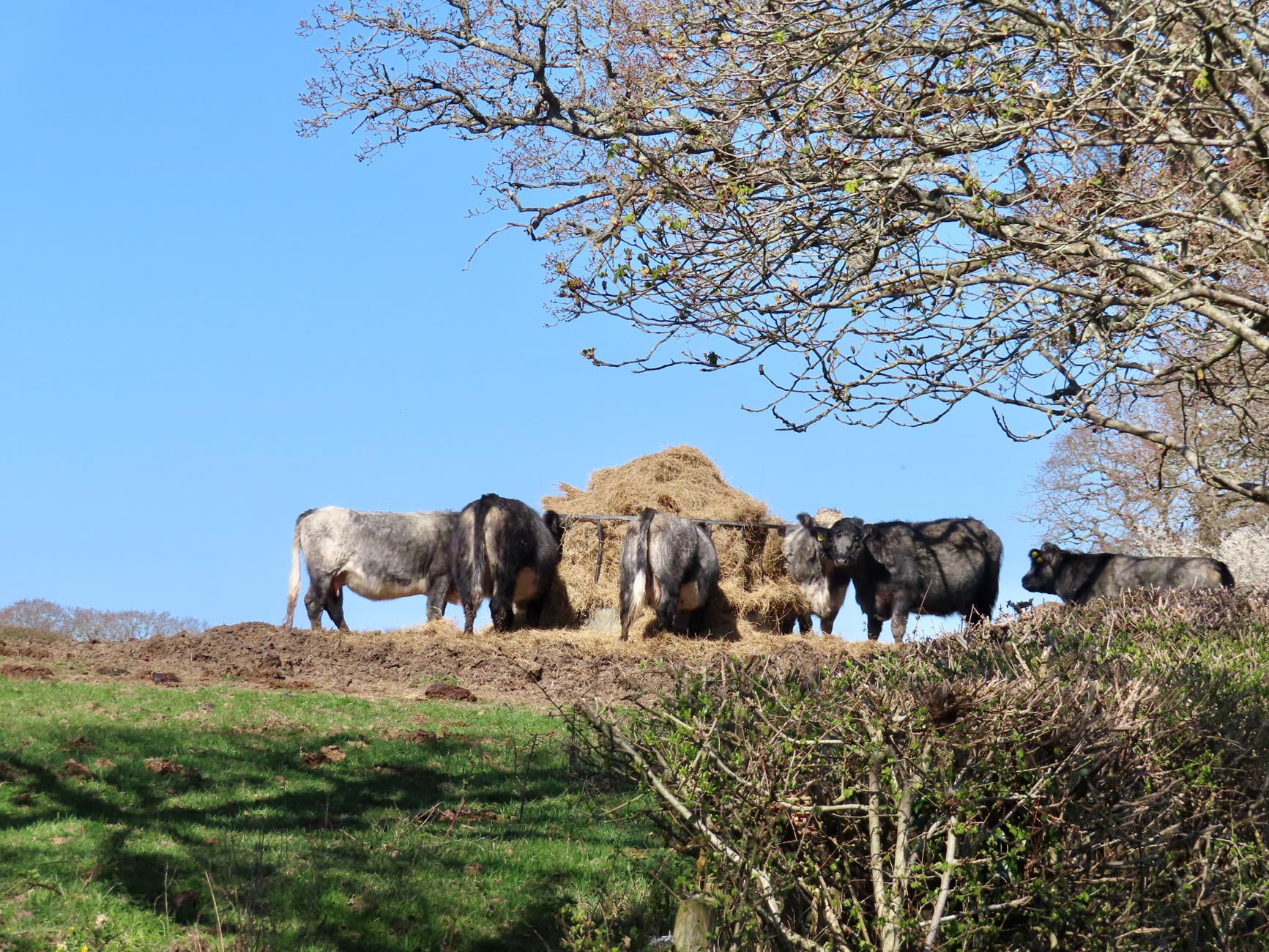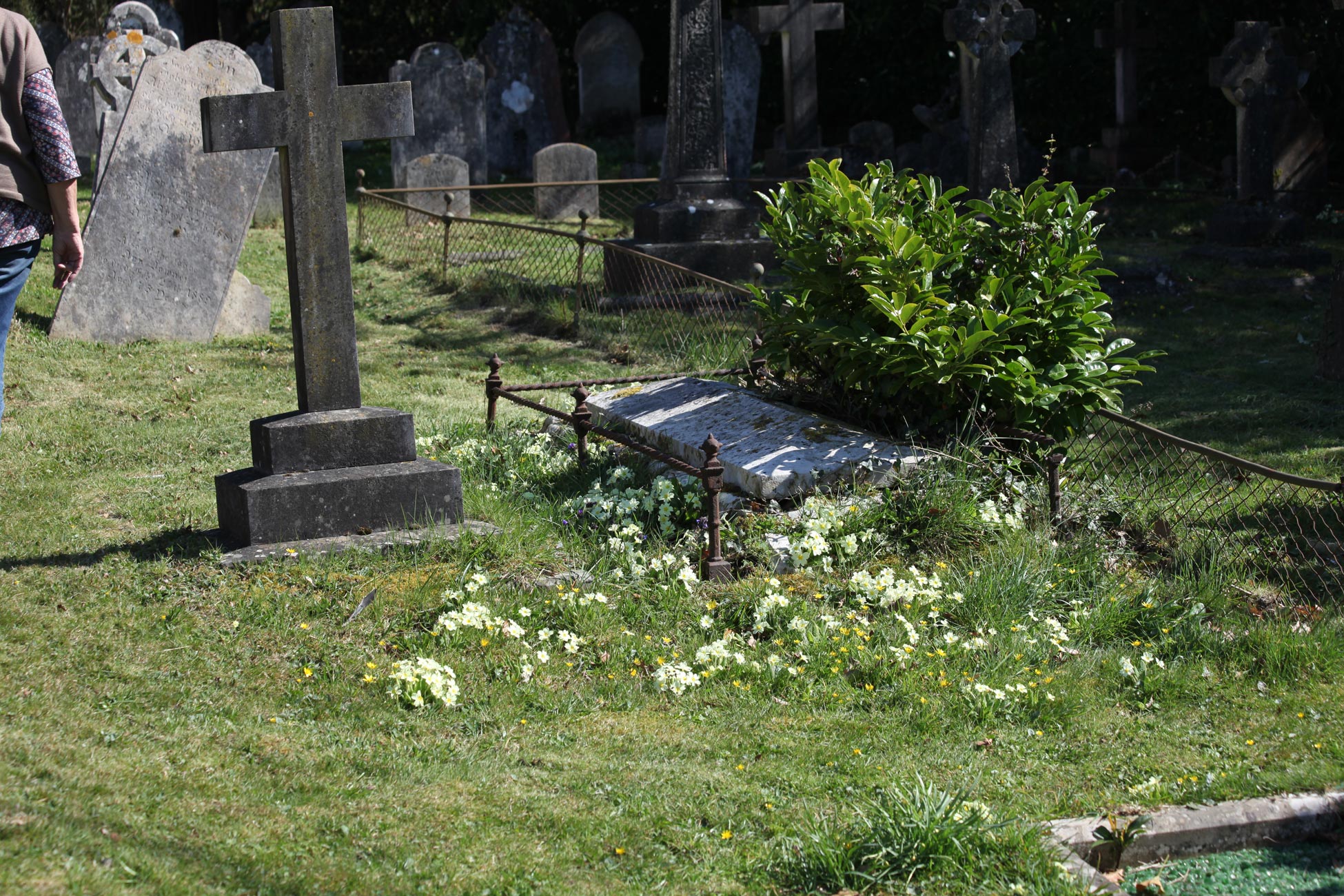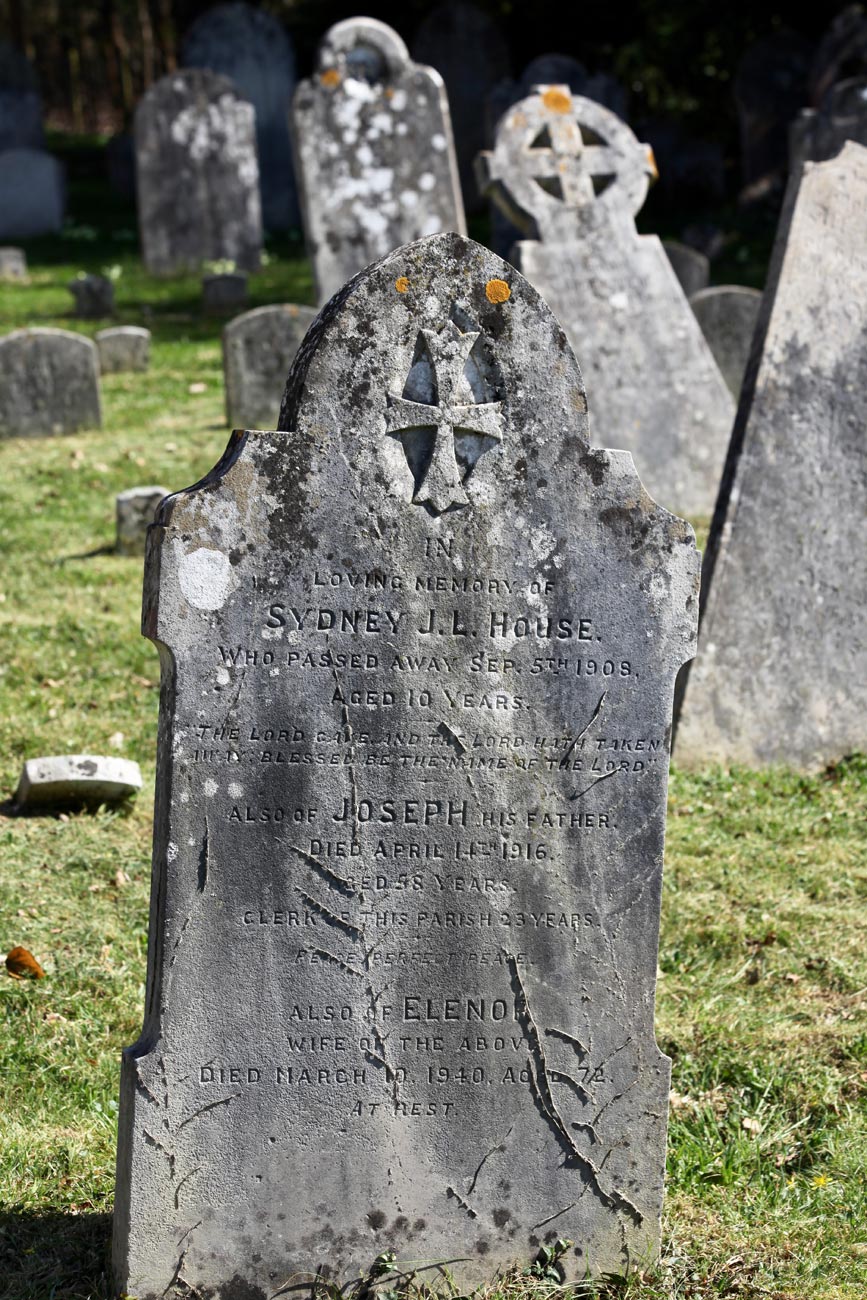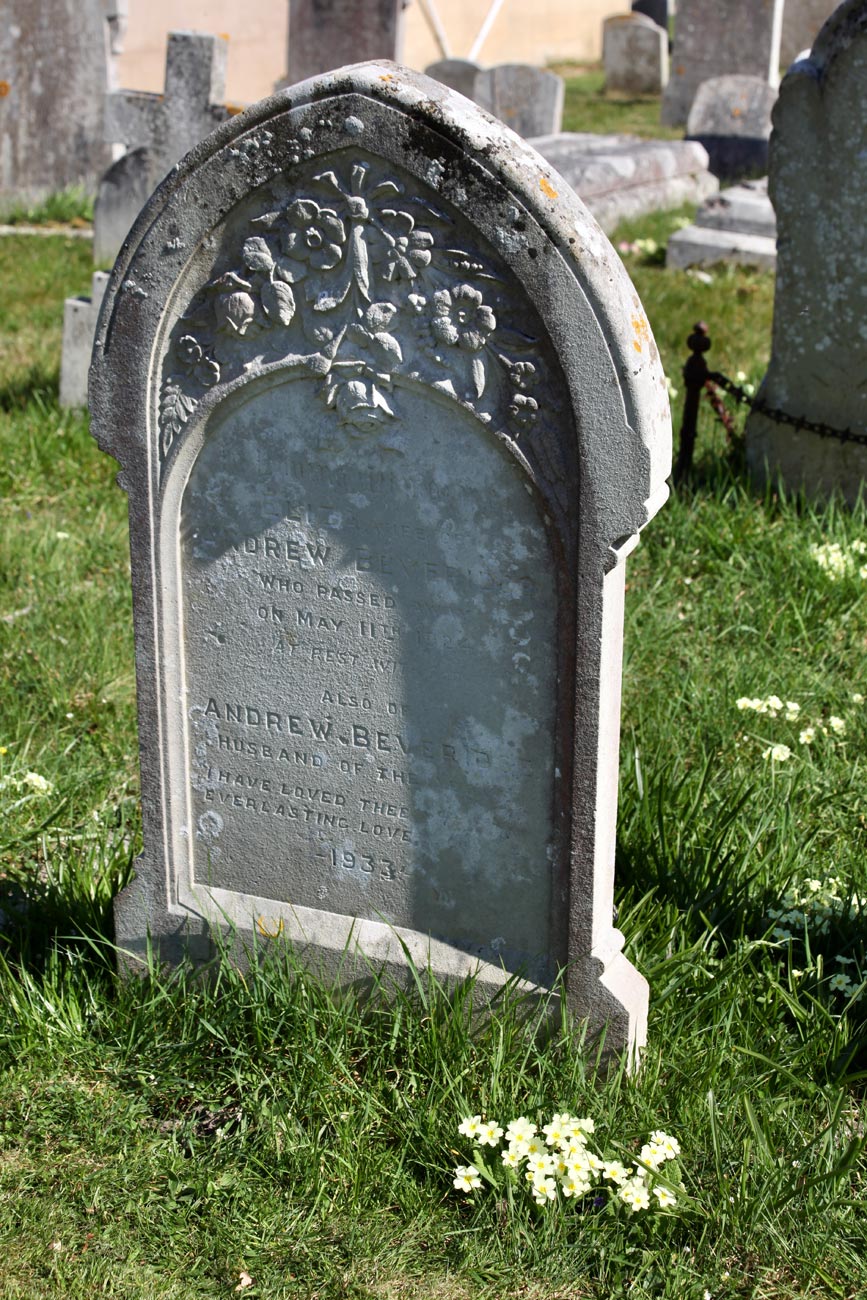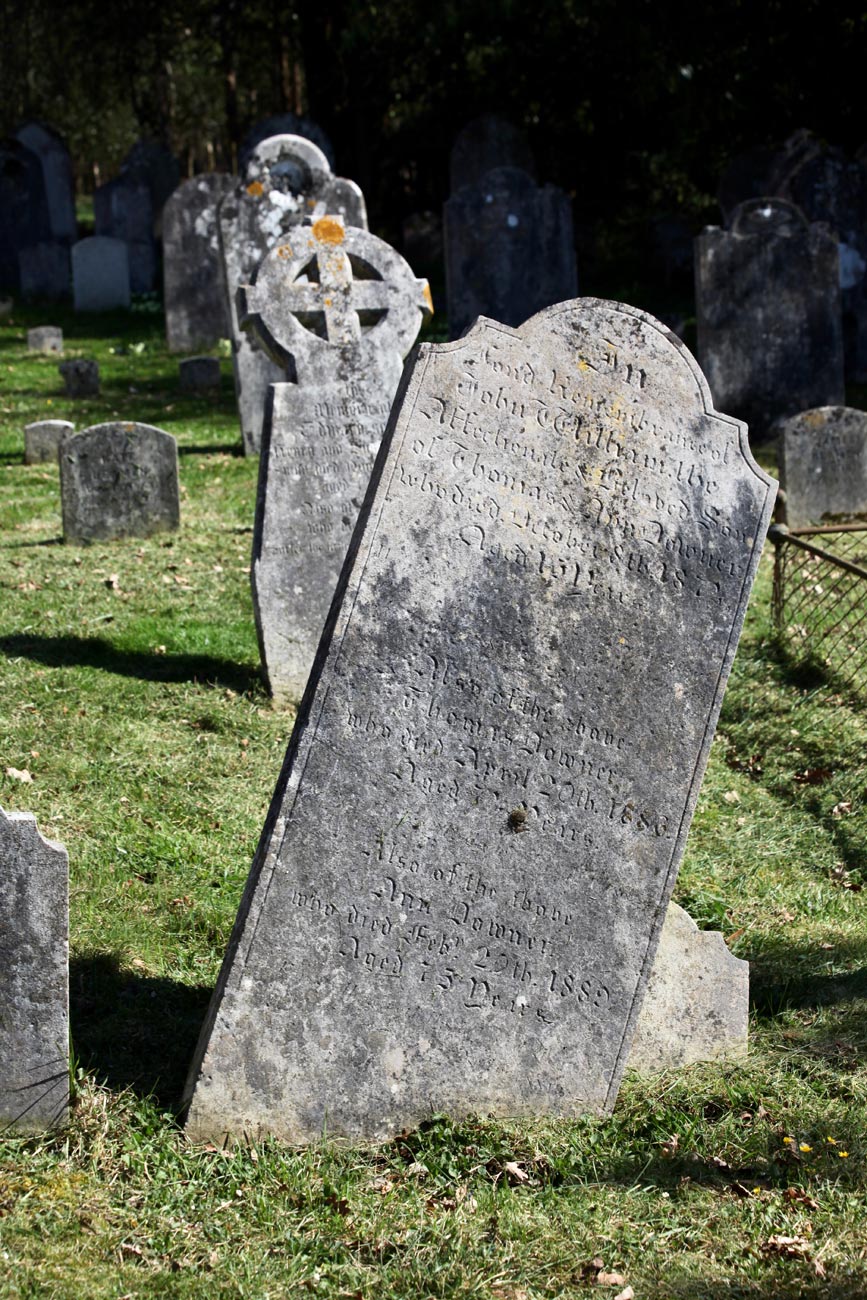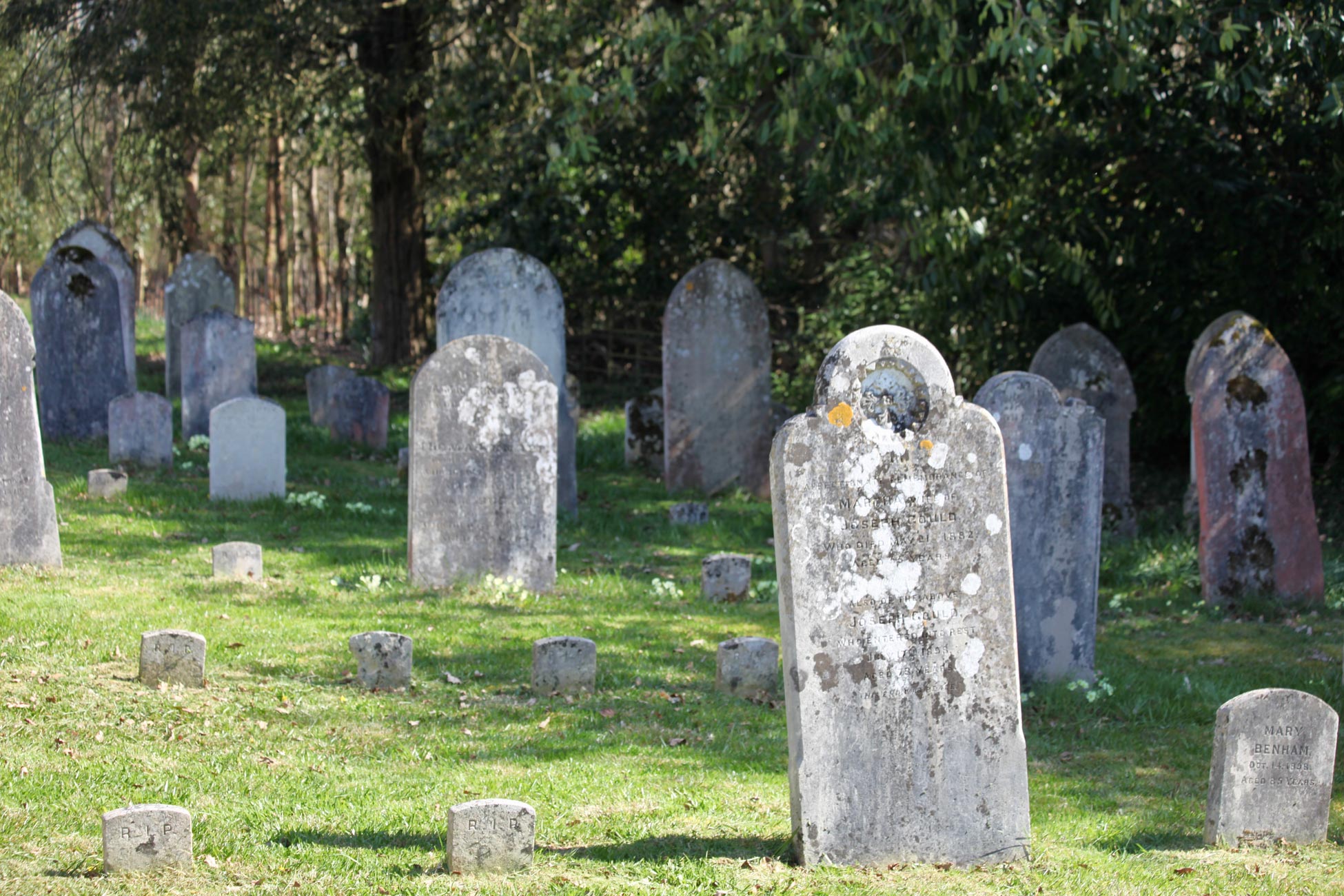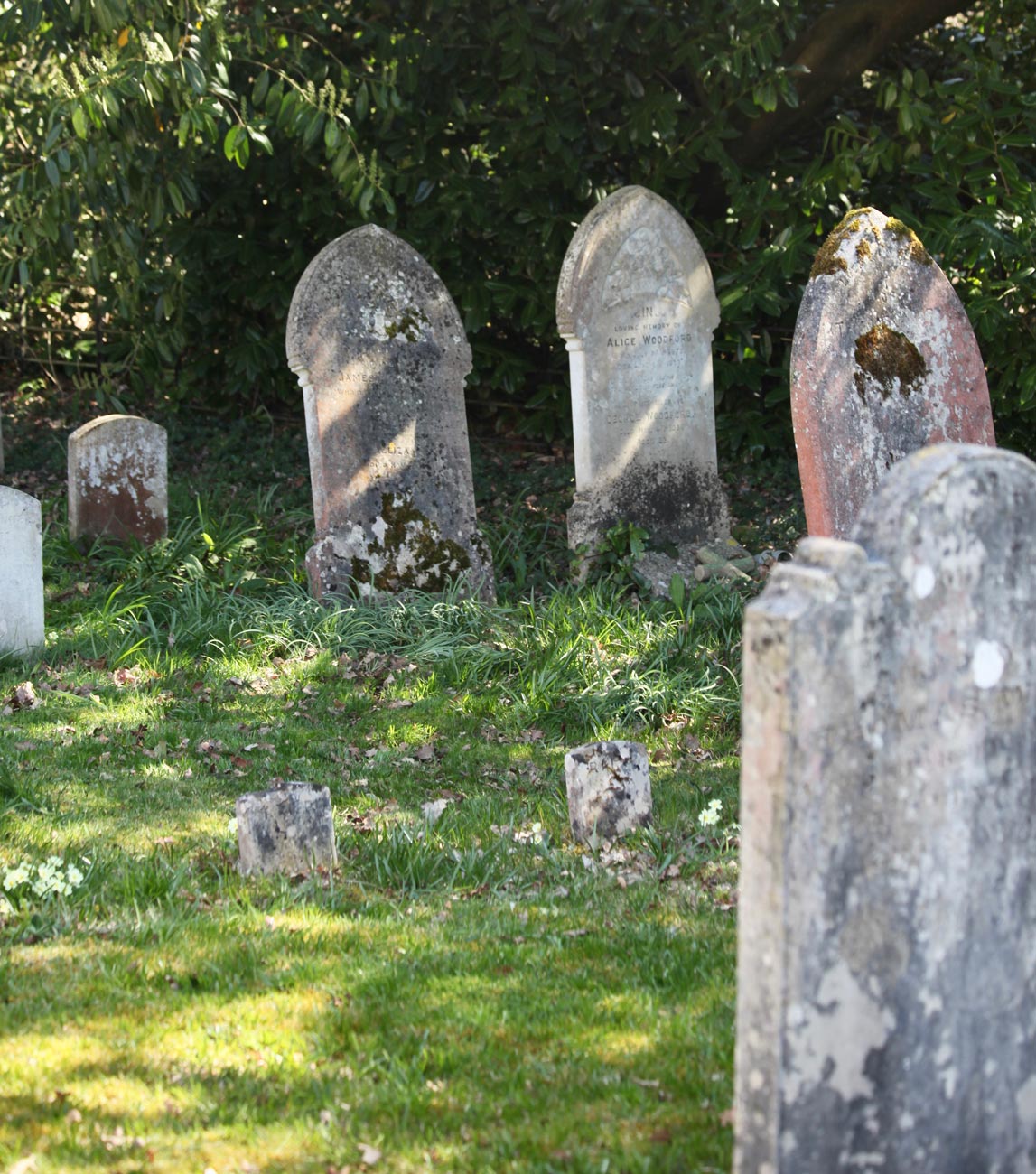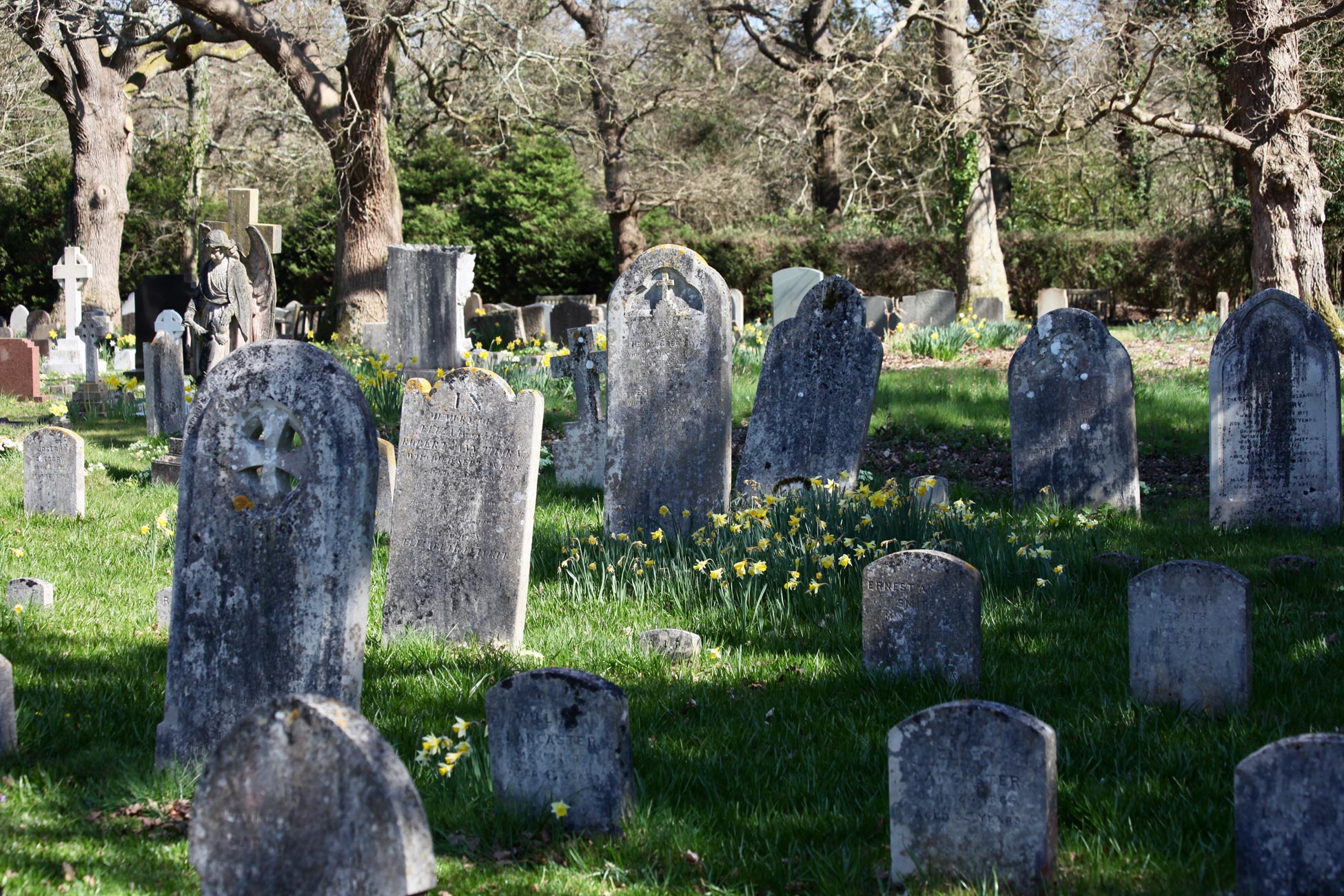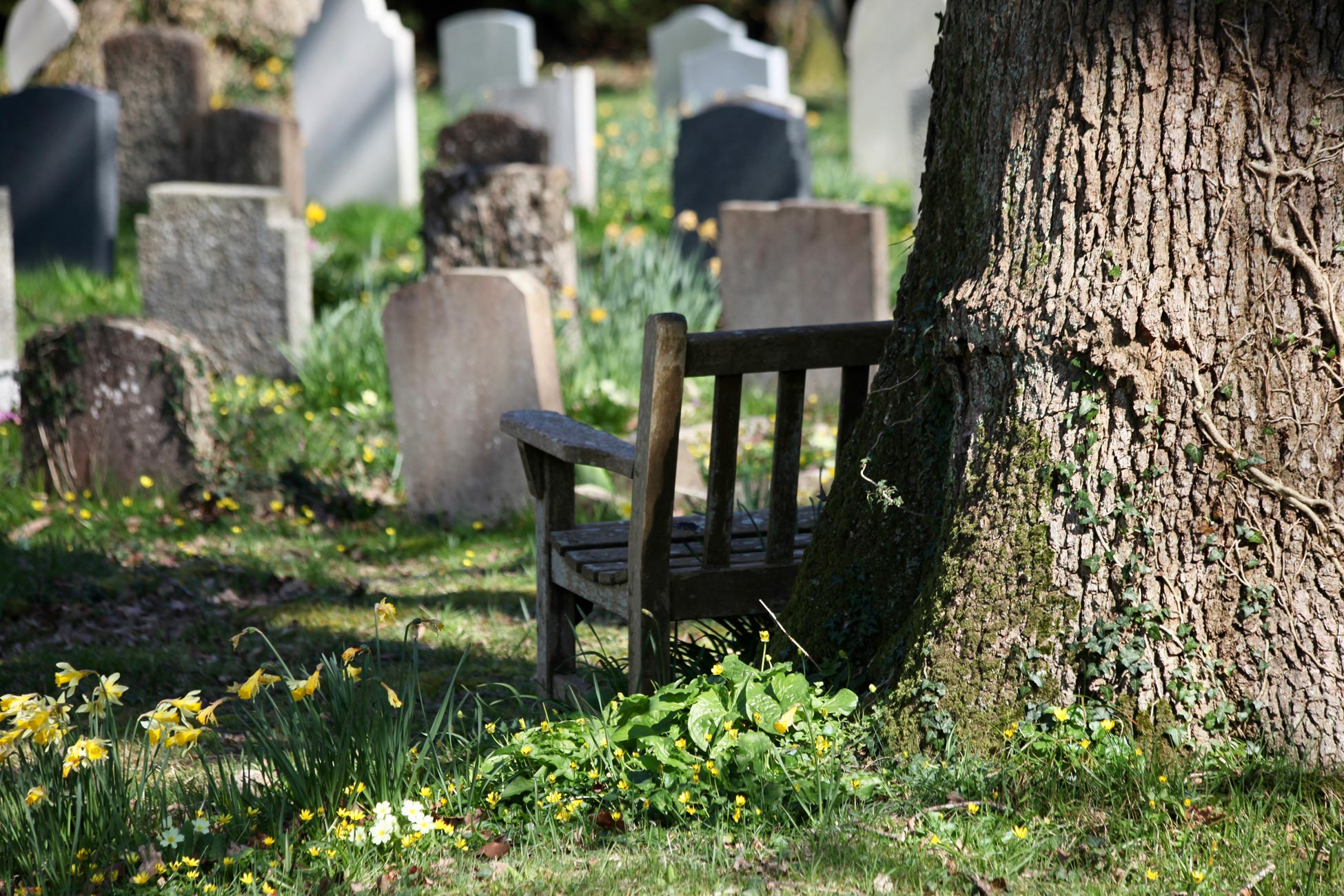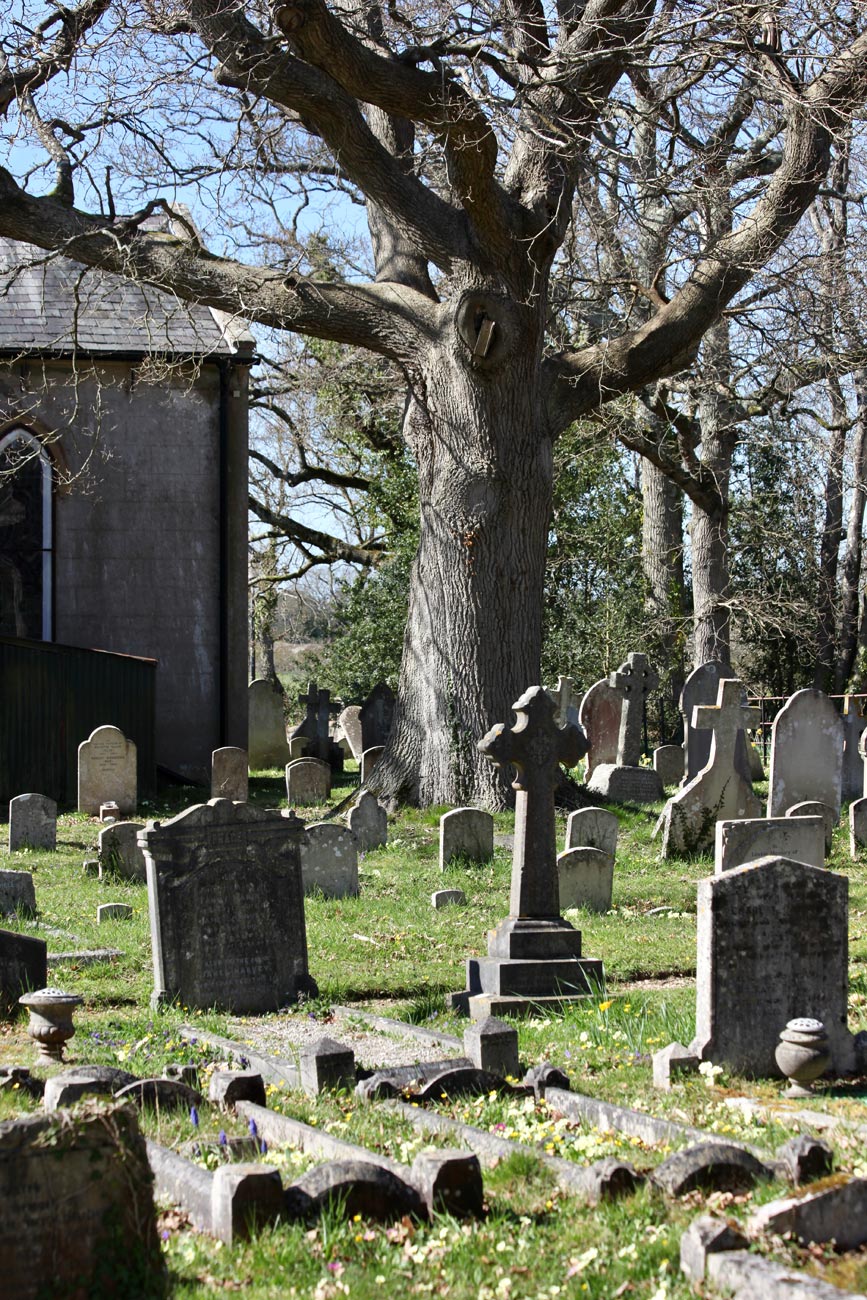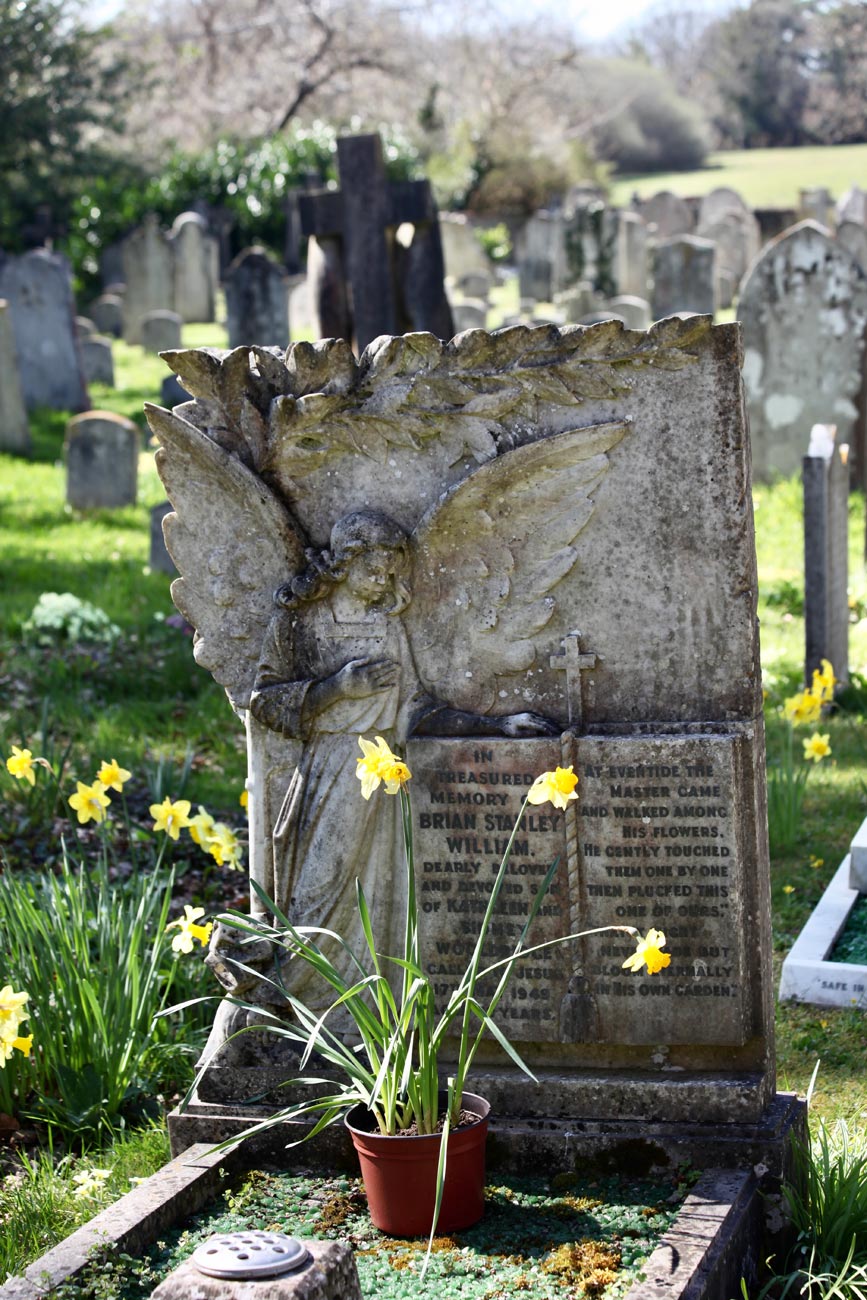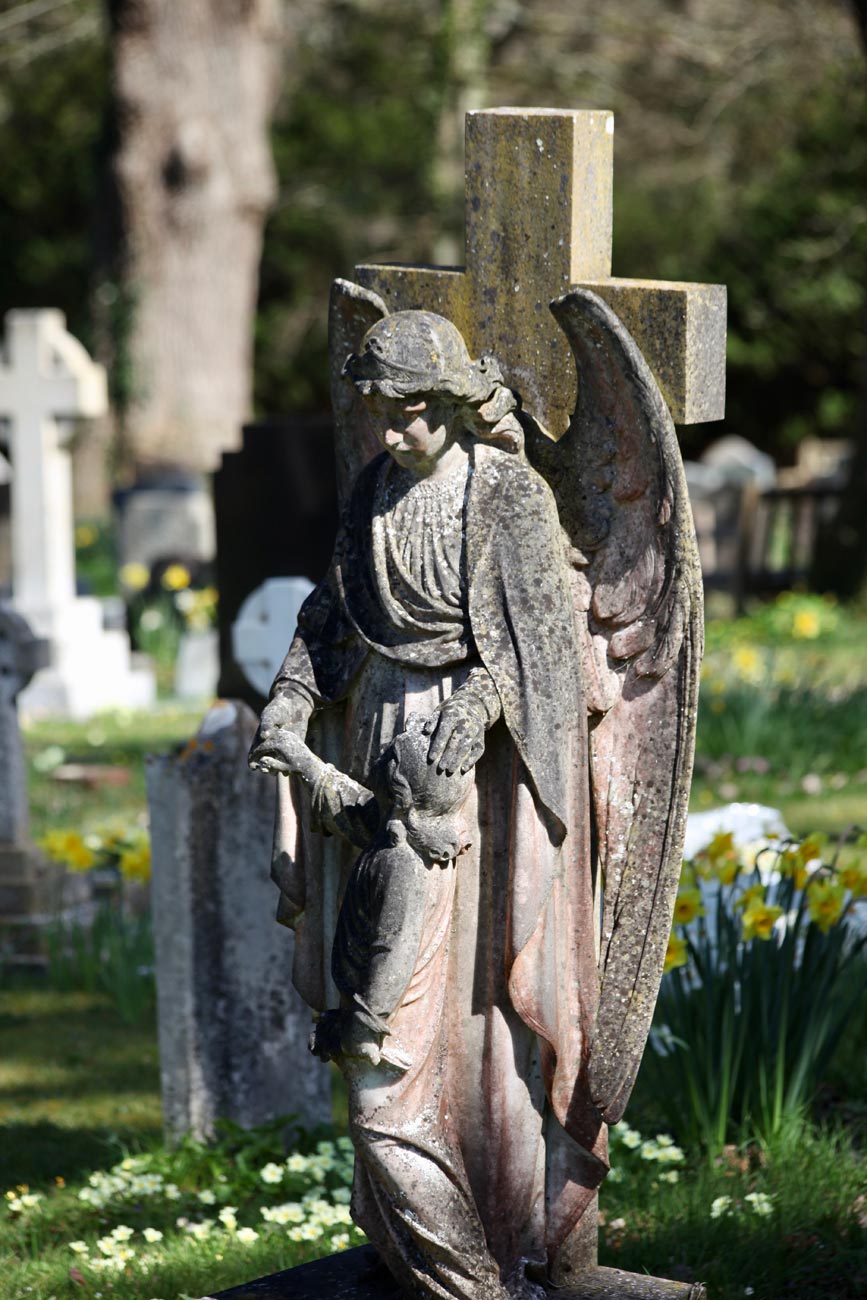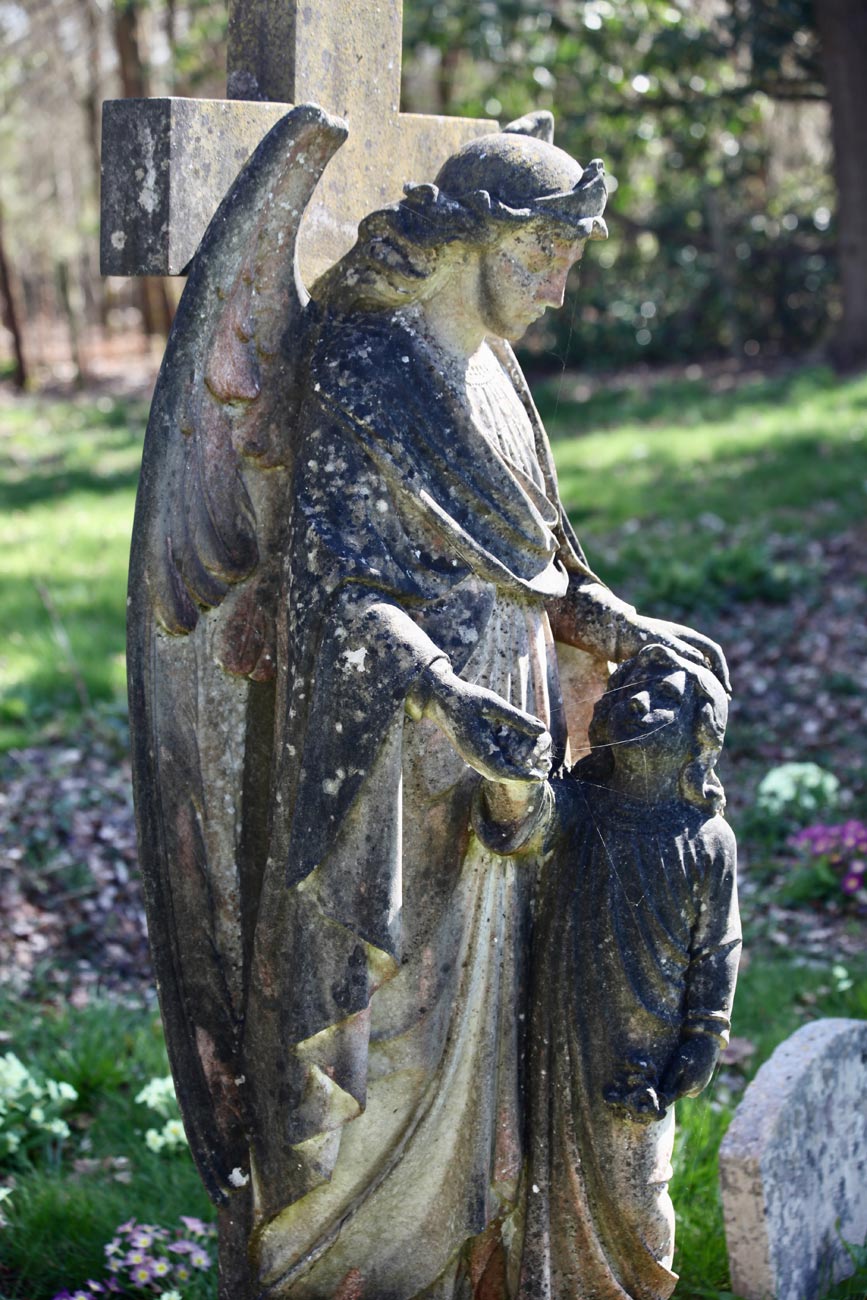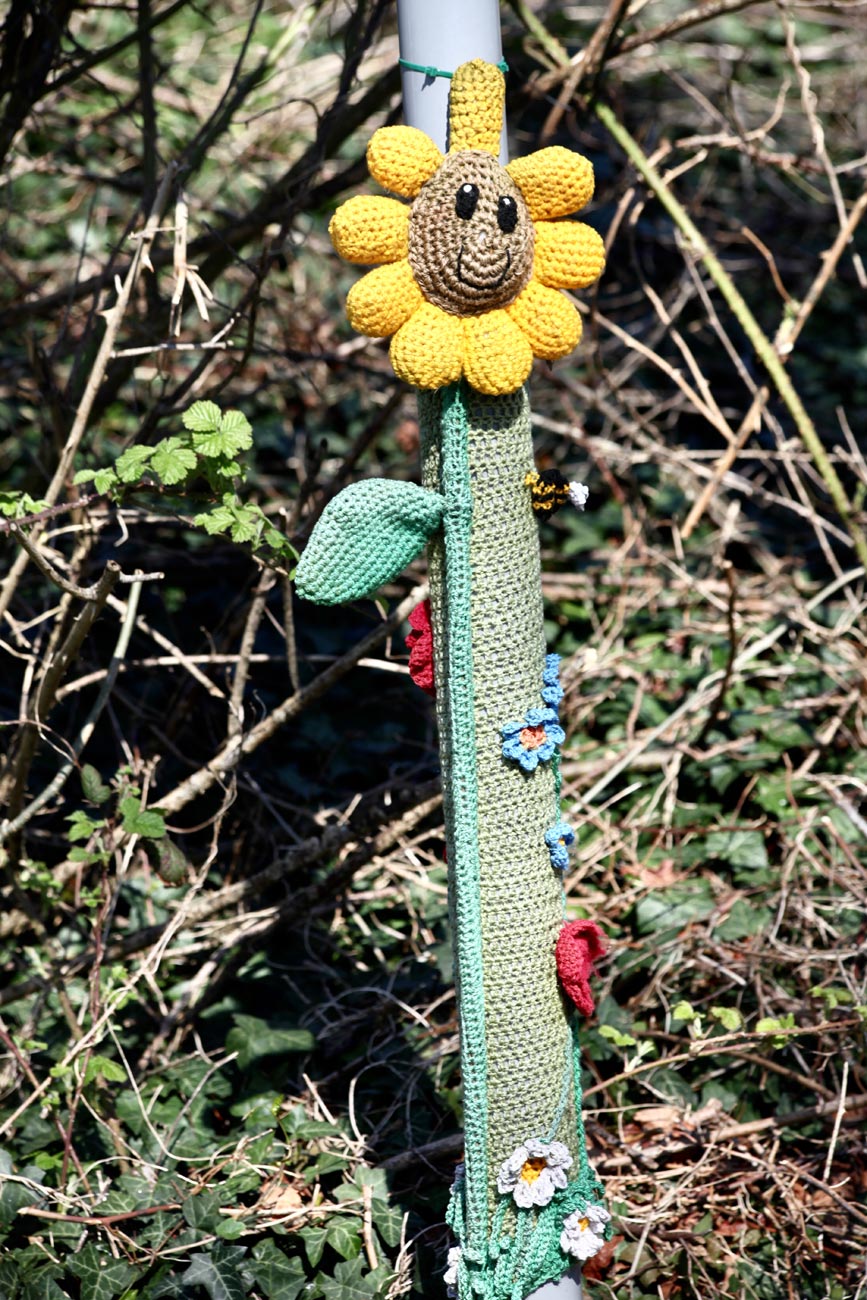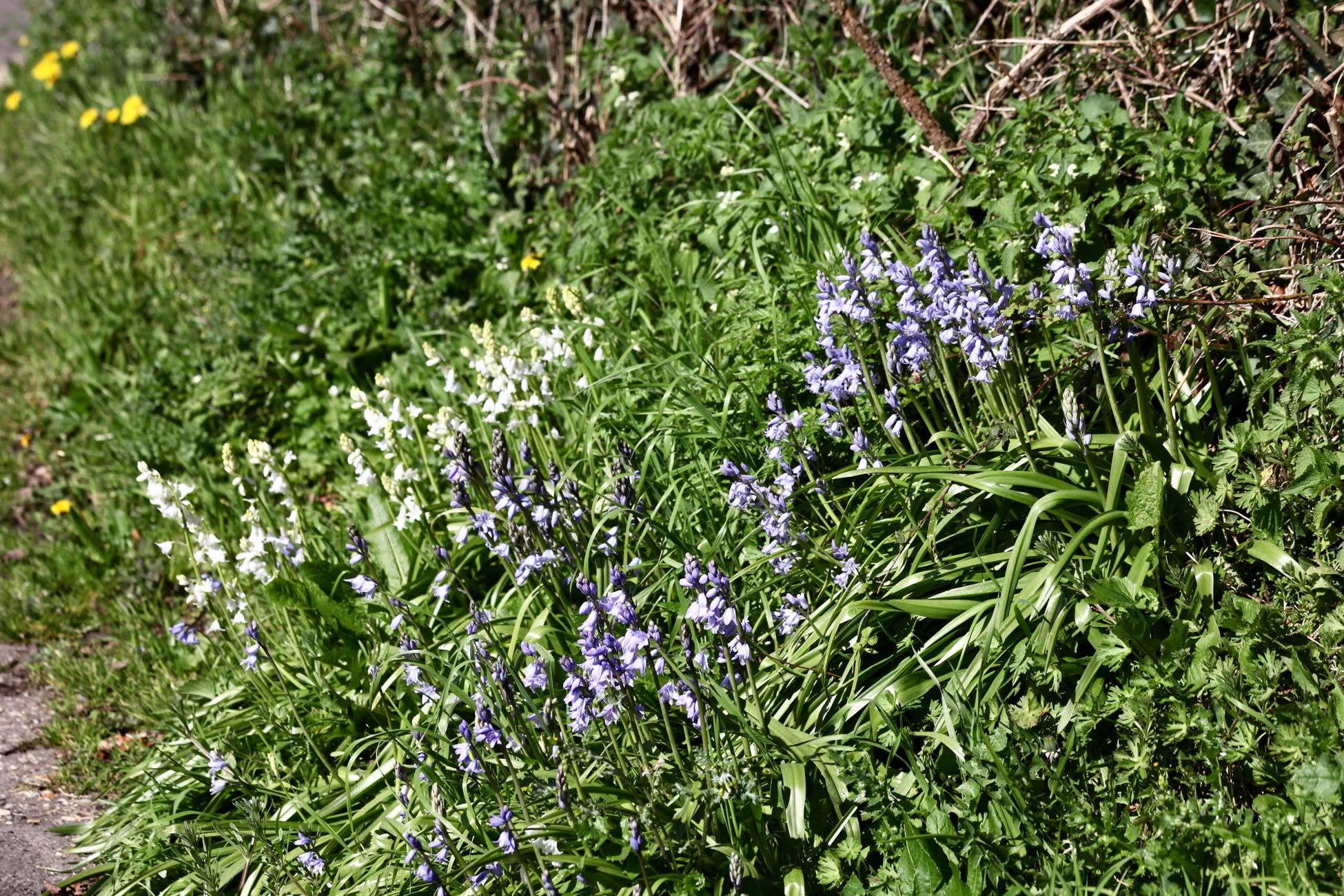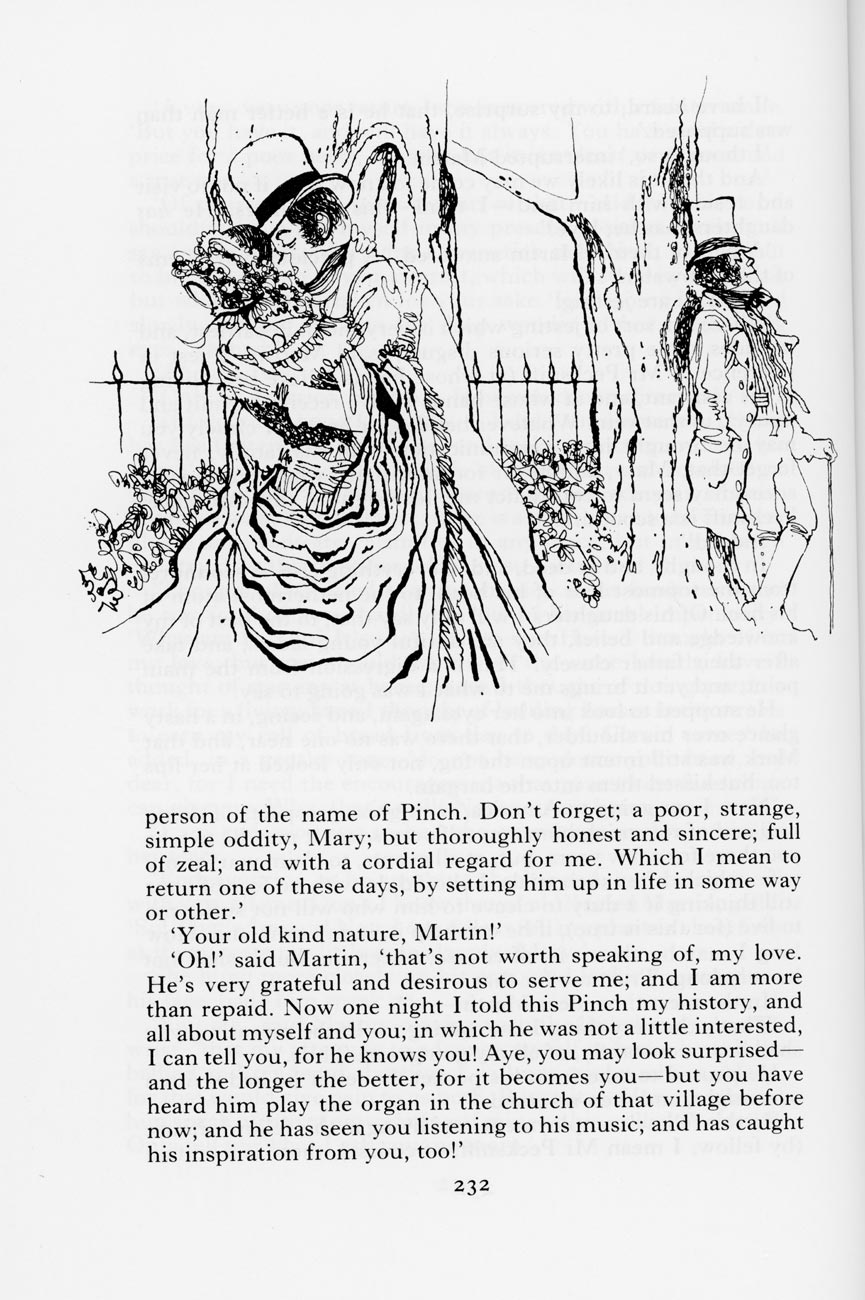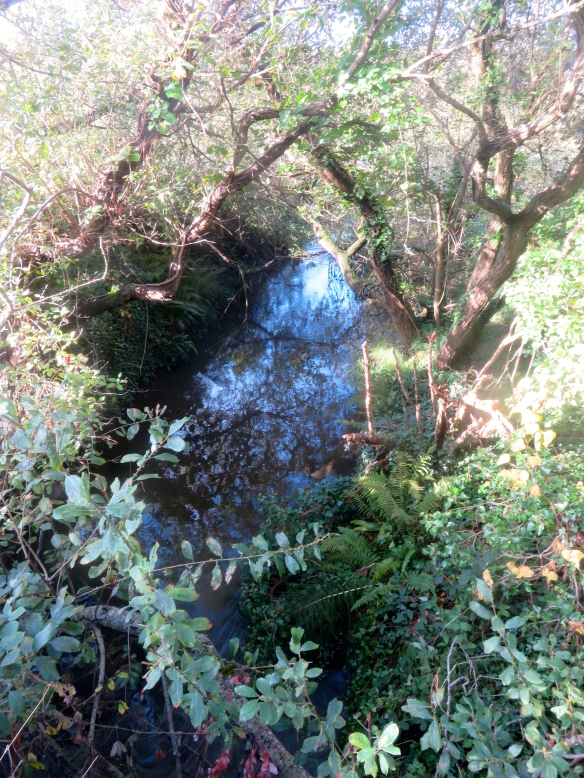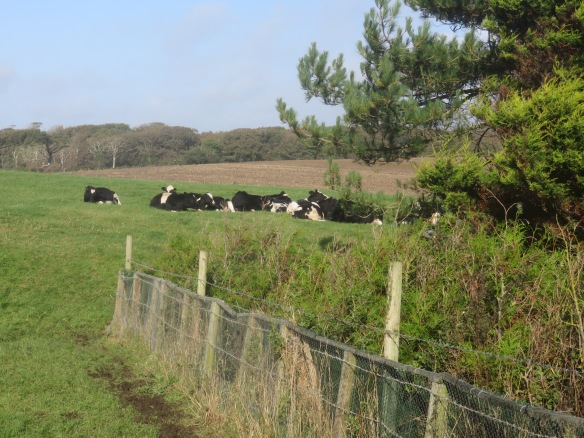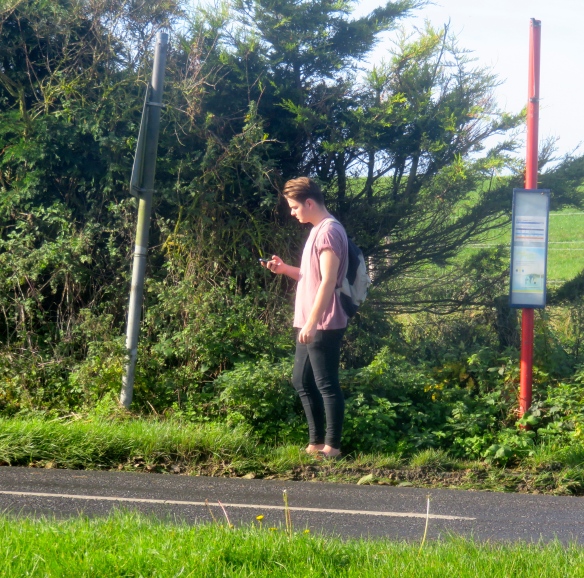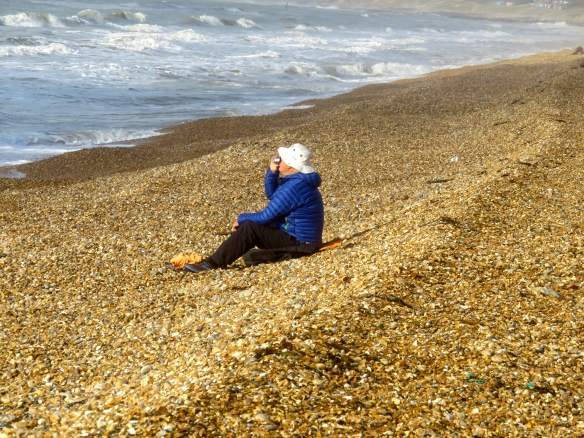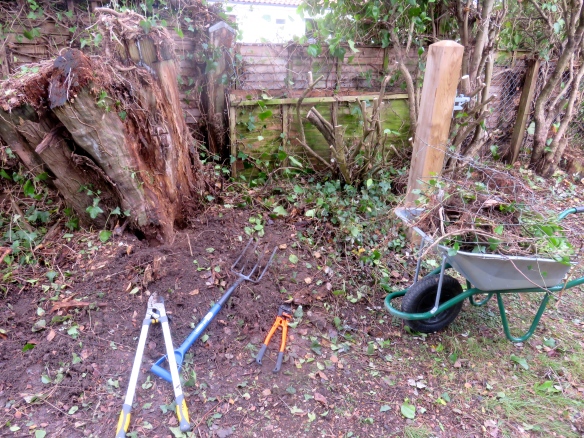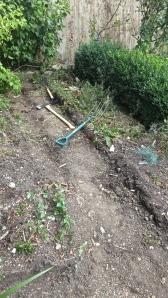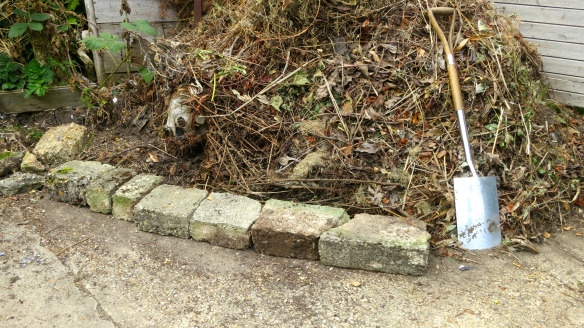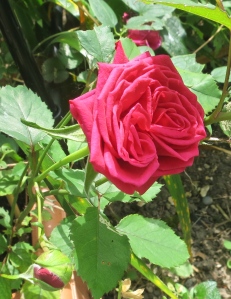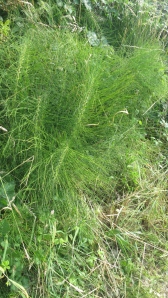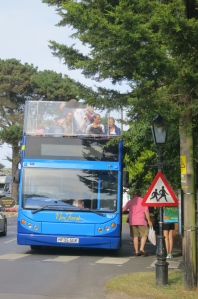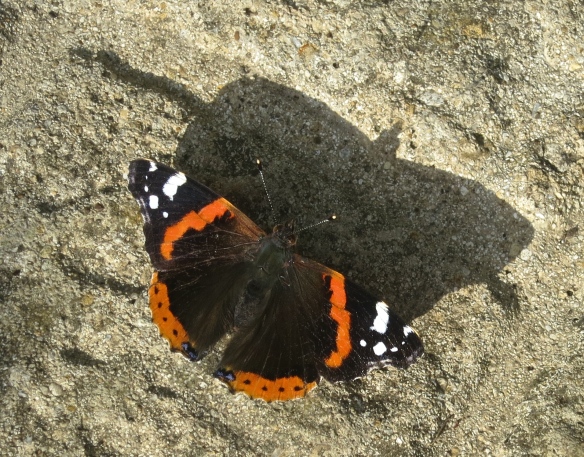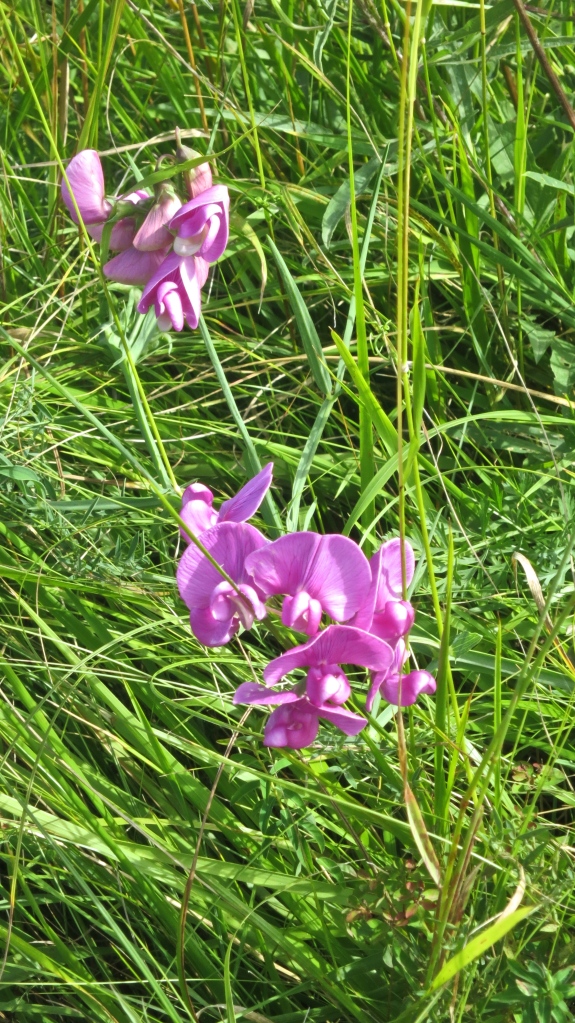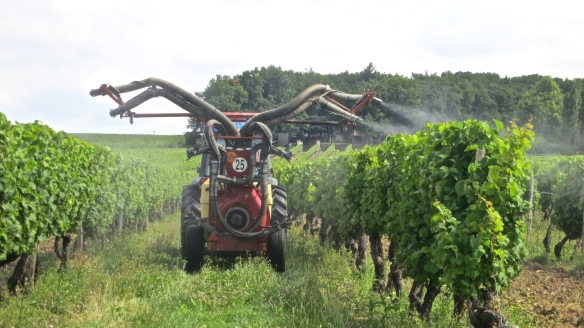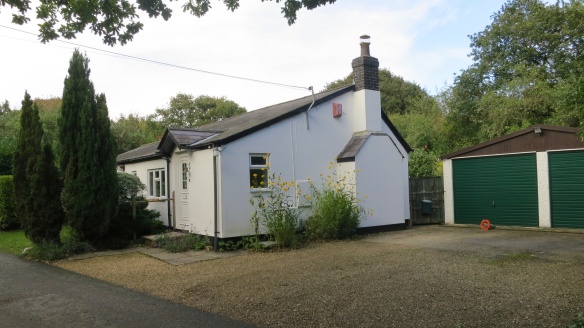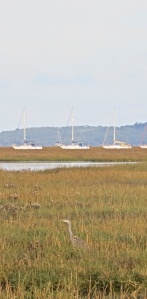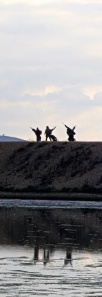On the train yesterday, with Kenneth O. Morgan’s ‘The Twentieth Century’, I finished reading ‘The Oxford Illustrated History of Britain’ in the 1992 edition. Ten university historians have each contributed a section in their particular field, from Roman times to 1991. Written for the layperson it does neverless assume a certain amount of prior knowledge, the lack of which caused me to make some assumptions. It is an excellent overview of 2,000 years of history, well written, and lavishly illustrated. Each separate piece flows into the next, quite seamlessly. It provided interesting revision for periods I know a bit about, and was informative about those I didn’t.
I must confess to having been relieved at getting to the end. Not because the reading wasn’t pleasing, but because it will considerably lighten my bag on my train trips. It is quite a big book, but its size was not the reason for its weight. The illustrations are interspersed with the text. This requires a heavy glossy paper throughout. I much prefer it this way. The alternative is to cluster the illustrations at two or three arbitrary places, so you are often perusing pictures the subject of which you have not yet encountered.
As we progressed through the second millennium the illustrations changed in nature and subject. Photographs of artefacts provided most of the early ones. With the advent of the possibility of using a contemporary camera, people and events came into focus. Written records enabled the writers to go further than when facilitated mostly by archeological finds. From the eighteenth century onwards there was less of an emphasis on royalty and more on the politics of the people. Given its publication date it was rather salutory to see the first fifty years of my life confined to history.
I enjoyed the book. It was another that I had inherited from my late friend Ann.

A trip to Corfe Castle in Dorset continued the historical theme. Certainly in situ during the time of King William I, it was said to be the scene of the assassination of King Edward in 978. Described in the twelfth century as the most secure castle in England, it remained impregnable until, during the Civil War, Lady Bankes’s stout resistance to the Roundhead siege was ended by the treachery of one of her own soldiers who admitted Cromwell’s men during the night. 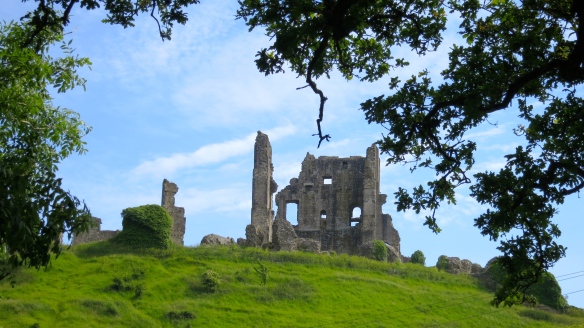 It was then blown up by Captain Hughes’s sappers in 1646, leaving us with a dramatic skyline on a natural mound the outer perimeter of which has been eroded by the action of two rivers. From the National Trust car park Jackie andI followed a path along the site of the moat tracked by the Corfe River.
It was then blown up by Captain Hughes’s sappers in 1646, leaving us with a dramatic skyline on a natural mound the outer perimeter of which has been eroded by the action of two rivers. From the National Trust car park Jackie andI followed a path along the site of the moat tracked by the Corfe River. 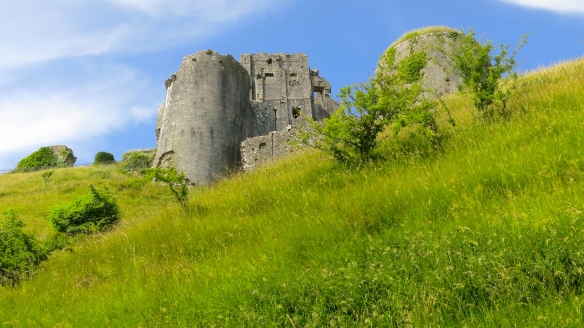 Through gaps in the trees we could see the impressive remains that had survived the explosion. Pieces of ‘tumble’, as were termed those stones falling down the hill, mingled with the residue still standing.
Through gaps in the trees we could see the impressive remains that had survived the explosion. Pieces of ‘tumble’, as were termed those stones falling down the hill, mingled with the residue still standing.
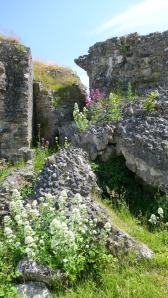
 Inside the castle, through the entrance and across the access bridge, we could see the remains of walls sprouting valerian and accommodating dog roses.
Inside the castle, through the entrance and across the access bridge, we could see the remains of walls sprouting valerian and accommodating dog roses.  Jackdaws trotted about the ramparts, and buzzards circled overhead.
Jackdaws trotted about the ramparts, and buzzards circled overhead.  Just past the gateway sat a pair of stocks. I managed to climb most of the way to the top of the keep, which was scary. There was an observation platform from which people looked down over the valley and the sloping sides of the mound.
Just past the gateway sat a pair of stocks. I managed to climb most of the way to the top of the keep, which was scary. There was an observation platform from which people looked down over the valley and the sloping sides of the mound. 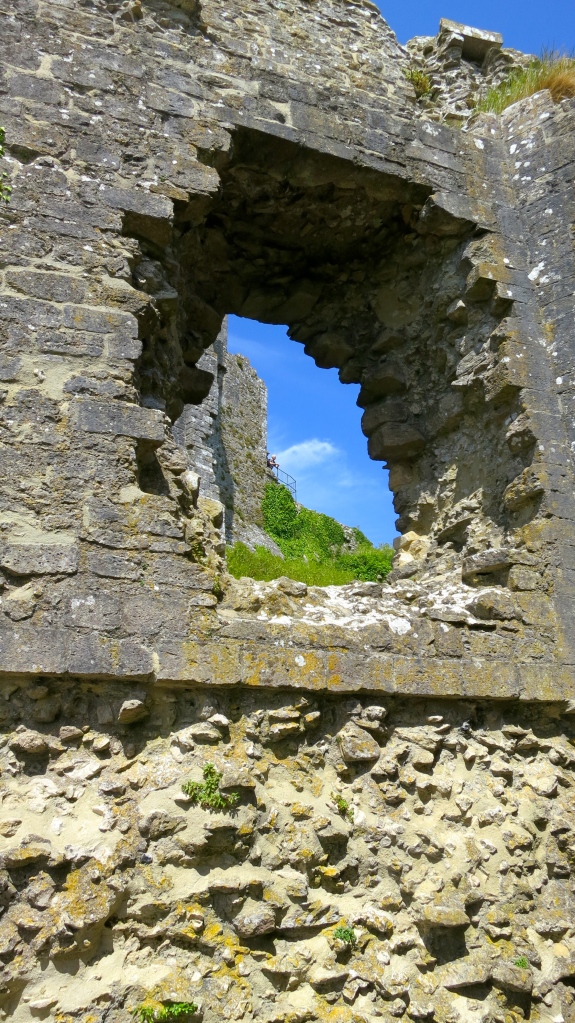 Although I did unwittingly actually reach the same level as that, I chickened out of turning the corner that would have led me to it. Jackie, who had done this trip with her sisters at the weekend, had the good sense to sit on a bench and await my descent.
Although I did unwittingly actually reach the same level as that, I chickened out of turning the corner that would have led me to it. Jackie, who had done this trip with her sisters at the weekend, had the good sense to sit on a bench and await my descent.
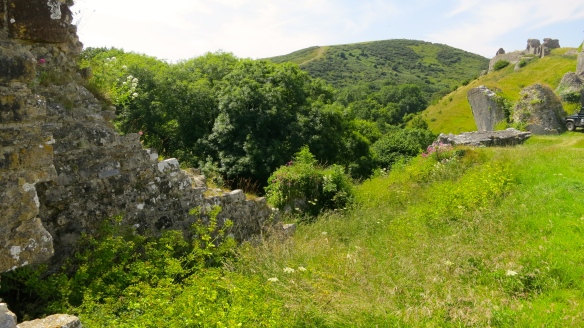
Venturing to look over almost any wall gave one a good, vertiginous, view of whatever lay beneath.
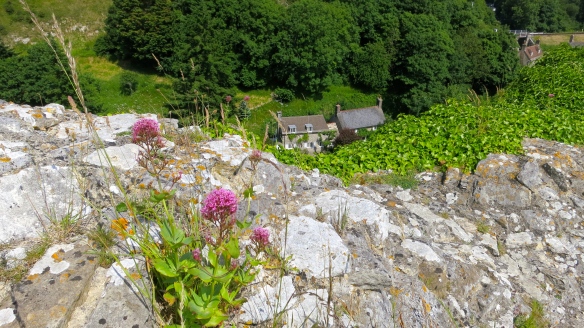
Having had our fill of the ruins we wandered into the picturesque stone village of Corfe which is dominated by its castle.
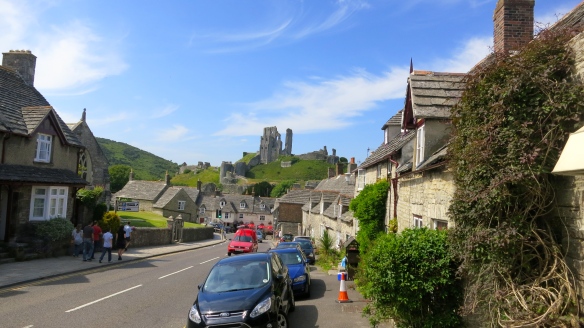
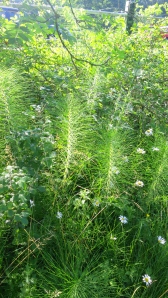 On the way home we took a diversion to Sway Road in Brockenhurst to look at the outside of a railway cottage we had seen on the internet. The house and its neighbour shared a small private track accessed by a cattle grid. This should have led us to expect the banks to be completely devoid of mares’ tails. We were to be disappointed. There was a widespread proliferation of the botanical version. These are invasive deep-rooted weeds with fast growing underground stems that may penetrate as deep as 7 ft, and have been doing so since the time of the dinosaurs. This pernicious plant is extremely difficult to eradicate. Ground elder, which took me sixteen years to banish from Lindum House, is a pussy cat in comparison.
On the way home we took a diversion to Sway Road in Brockenhurst to look at the outside of a railway cottage we had seen on the internet. The house and its neighbour shared a small private track accessed by a cattle grid. This should have led us to expect the banks to be completely devoid of mares’ tails. We were to be disappointed. There was a widespread proliferation of the botanical version. These are invasive deep-rooted weeds with fast growing underground stems that may penetrate as deep as 7 ft, and have been doing so since the time of the dinosaurs. This pernicious plant is extremely difficult to eradicate. Ground elder, which took me sixteen years to banish from Lindum House, is a pussy cat in comparison.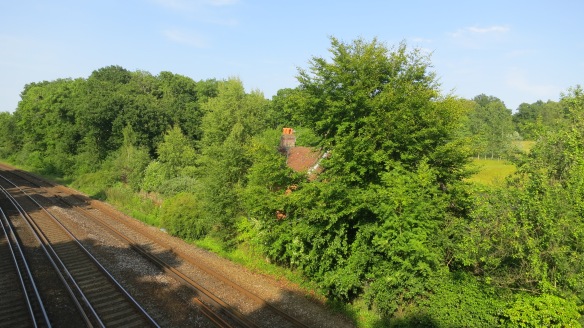
After this investigation, we drove straight through Sway and carefully entered the car park of The Plough at Tiptoe, where we had wonderful meals. Mine was a mixed grill cooked to perfection, with the steak medium rare as I had asked for, so large as to make it impossible for me to contemplate a sweet, and to earn me the admiration of the barmaid for actually finishing it.
Mine was a mixed grill cooked to perfection, with the steak medium rare as I had asked for, so large as to make it impossible for me to contemplate a sweet, and to earn me the admiration of the barmaid for actually finishing it.  Jackie was equally impressed with her ham and mushroom tagliatelli and the creme brûlée she did manage to eat. She drank Becks and I drank Doom Bar.
Jackie was equally impressed with her ham and mushroom tagliatelli and the creme brûlée she did manage to eat. She drank Becks and I drank Doom Bar.

Our last diversion was to Barton on Sea where we had a look at The Wilderness, another house from the internet. This was in a secluded position near Barton Common, but has been sold subject to contract.

